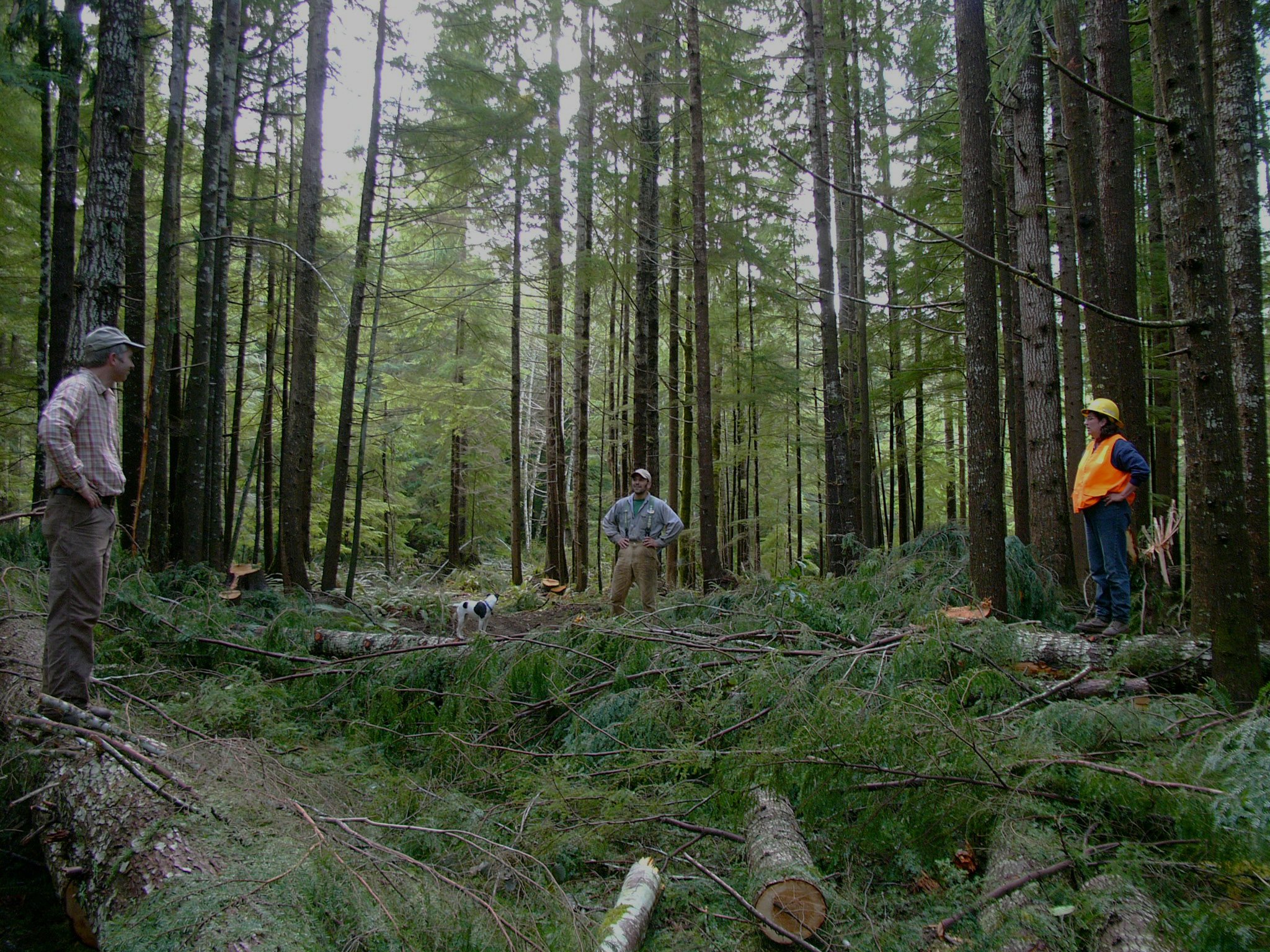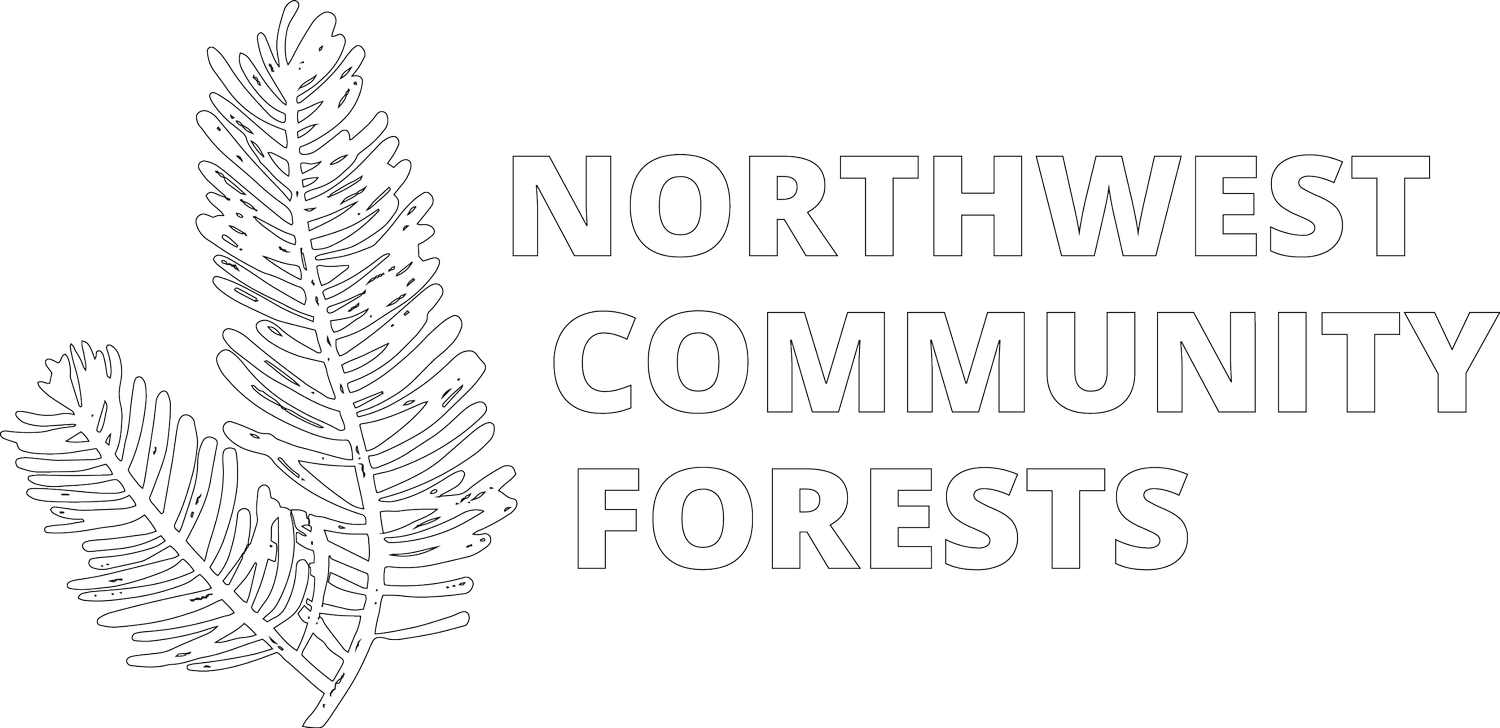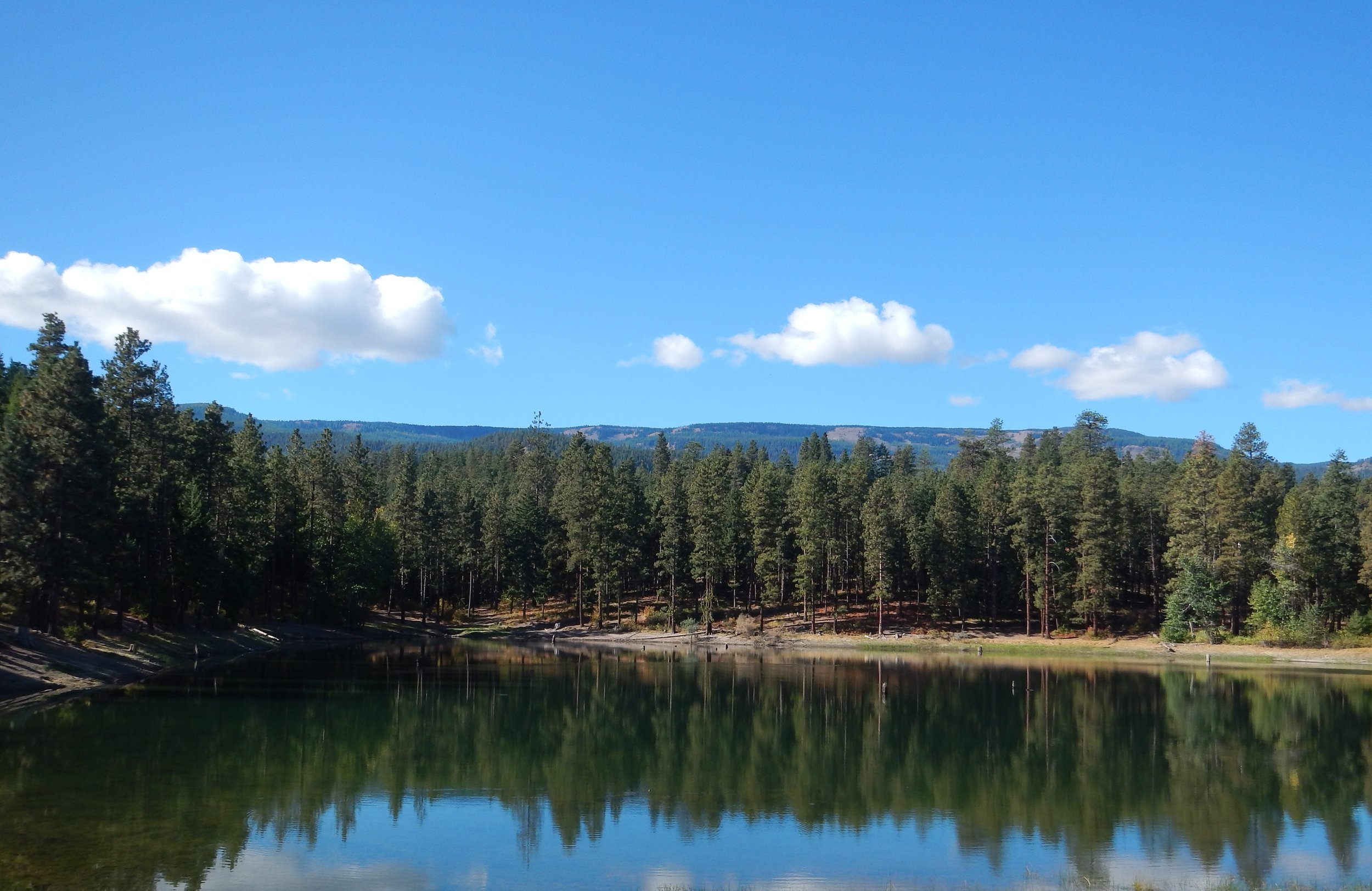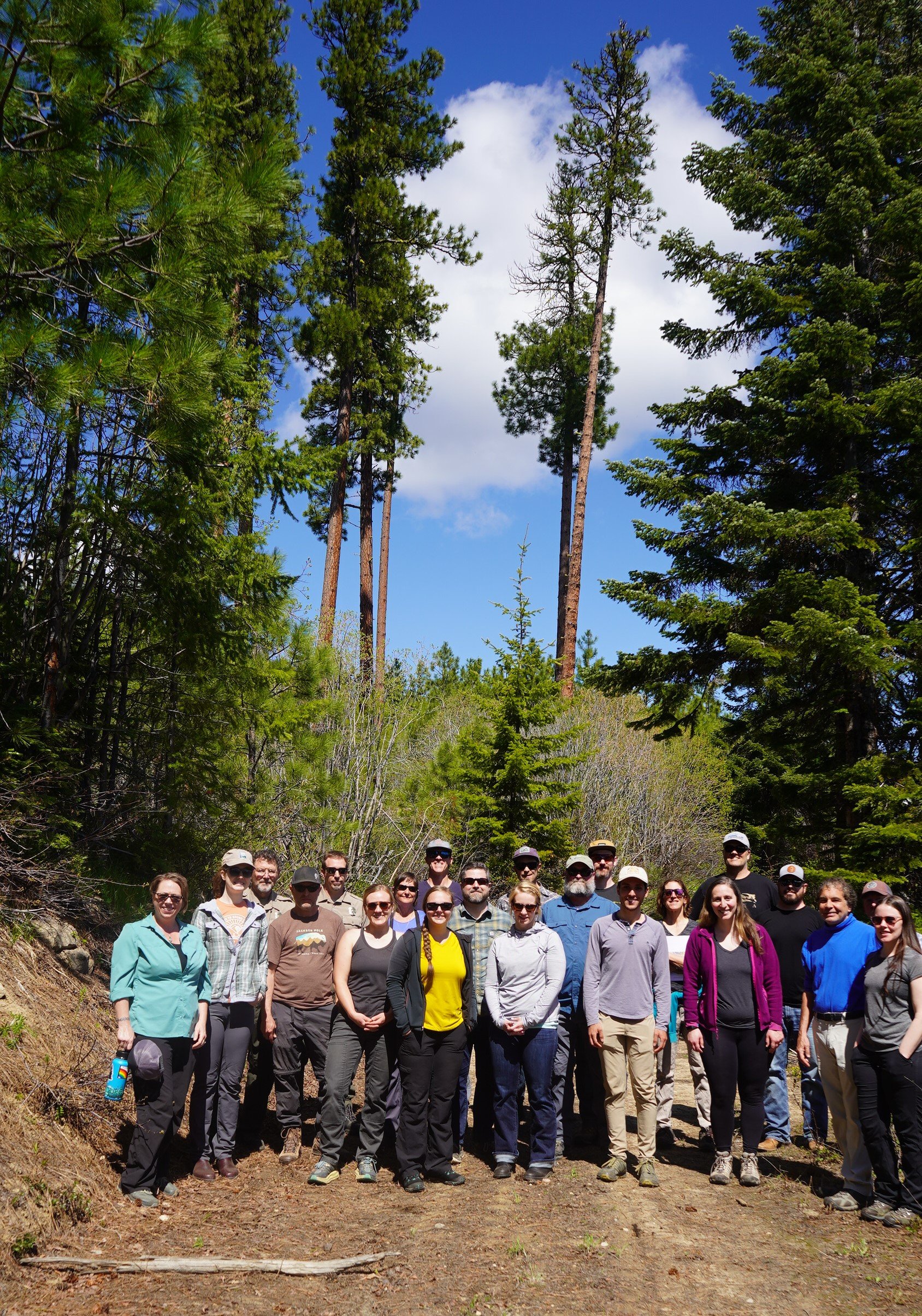
Working Together
Supporting the growth of community forests in the Pacific Northwest
Community forests are forestlands that are owned and managed on behalf of local people to provide them secure and reliable access to ecological, social, and economic benefits produced by forests
A community forest is typically developed through deep engagement with local community members, residents, and people who have a geographic, economic, and cultural connection with local forest resources. A community forest gives residents a voice and a vote in the use of the valuable forest resource in their backyards.
A community forest can operate under the ownership and management of different groups or organizations. These include local municipalities or counties, federally recognized Tribes, regional conservation groups, land trusts, and other community-based organizations.
No matter who the property owner is, the community is ultimately the manager, setting their values and forest management plan to be implemented by the property owner on their behalf.
Every community forest looks different based on who it serves. An effective community forest has a set of core principles which allow it to provide benefits to the area it serves. These include:
The continued production of critical goods and services, such as clean drinking water, timber products, vital habitats, recreational or education access and tourism opportunities,
The use of the area as a working forest, balancing landscape protection with the sustainable economic benefits of forest management to the communities central to the forests.
The ability to deliver meaningful public benefits and rights to local communities.
The delivery of long-term secure forest tenure combined with local community participation, ensuring enhanced forest stewardship.
Every community forest looks different, and provides different benefits to the surrounding community, and achieves different goals. The Northwest Community Forest Coalition attempts to highlight a broad array of these efforts. Follow the links below to access the different materials available on our regional forests.


